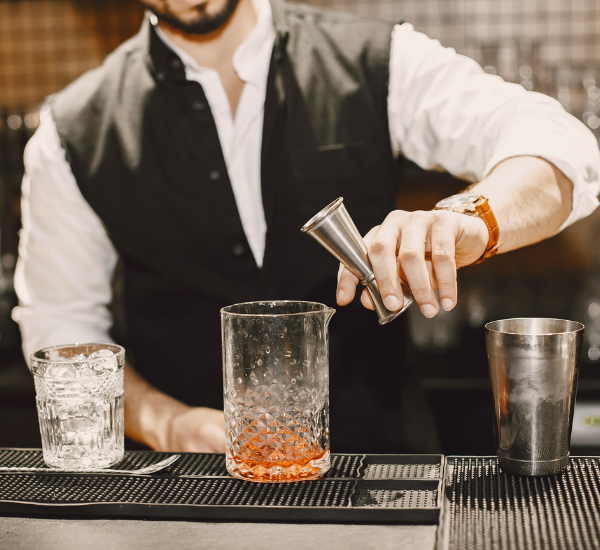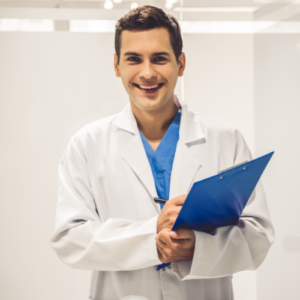SUBSTANCES COMMONLY MIXED WITH ALCOHOL
ADDERALL
Adderall causes individuals to feel less drunk than they actually are, potentially leading to dangerous levels of consumption. Mixing the depressant alcohol with the stimulant Adderall can cause cardiac arrhythmia, psychosis, paranoia, vomiting, muscle twitching, and headaches.
ANTIBIOTICS
There are many different types of antibiotics, each of which will interact with alcohol differently. It is very important to consult with a physician and carefully read all labels. The biggest risk to mixing alcohol and antibiotics is liver damage, as both are metabolized in the liver. Other common reactions including nausea, dizziness, vomiting, tiredness, increased heart rate, and shortness of breath.
ANTIDEPRESSANTS
Antidepressants and alcohol magnify the impacts of each other, making an individual feel more intoxicated than they would otherwise. Alcohol can also negate the effect of the antidepressant, eliminating the desired impacts and possibly limiting the success of treatment. This combination can also cause unexpected and extreme emotions.
ANTIHISTAMINES
Alcohol can reduce the effectiveness of antihistamines if the body chooses to metabolize the alcohol before the antihistamine. Alcohol may cause more severe side effects when mixed with certain antihistamines.
COCAINE
There is a widespread myth that cocaine and alcohol cancel each other out, but that is far from the truth. Alcohol and cocaine combine in the body to form a third substance, cocaethylene. Cocaethylene causes the highest level of cardiovascular activity of any drug, which puts extreme pressure and stress on the heart and often leads to cardiac arrest and death.
ENERGY DRINKS/CAFFEINE
These drinks trick your body into thinking it is less tired and intoxicated than it truly is, leading to greater, and potentially dangerous, levels of alcohol consumption. These drinks also dehydrate the body, increasing the risk of alcohol poisoning and the severity of hangovers. Those who drink alcohol with caffeine are more than twice as likely to be injured, require medical attention, or accept a ride from an intoxicated driver than those who drank alcohol without caffeine.


